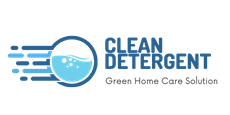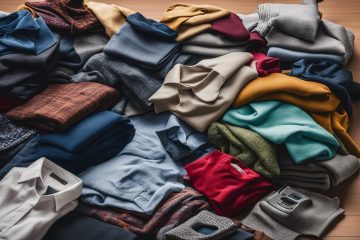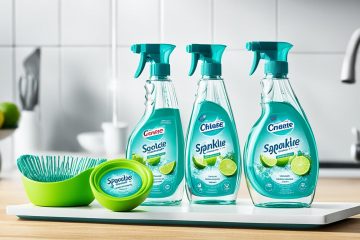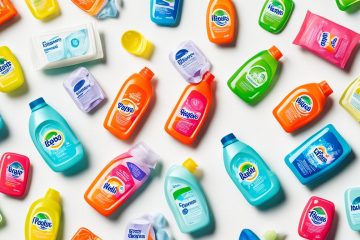Since ancient times, people have made a kind of soap. Even today, the difference between soap and washing powder is obvious, but not by much. Traditional methods usually involve boiling the fat and ash. Modern production of detergent manufacture, although much improved, has the same basic characteristics.
This washing powder is dry and enriched with many technologically advanced additives, but is technically based on fatty acids and lye.
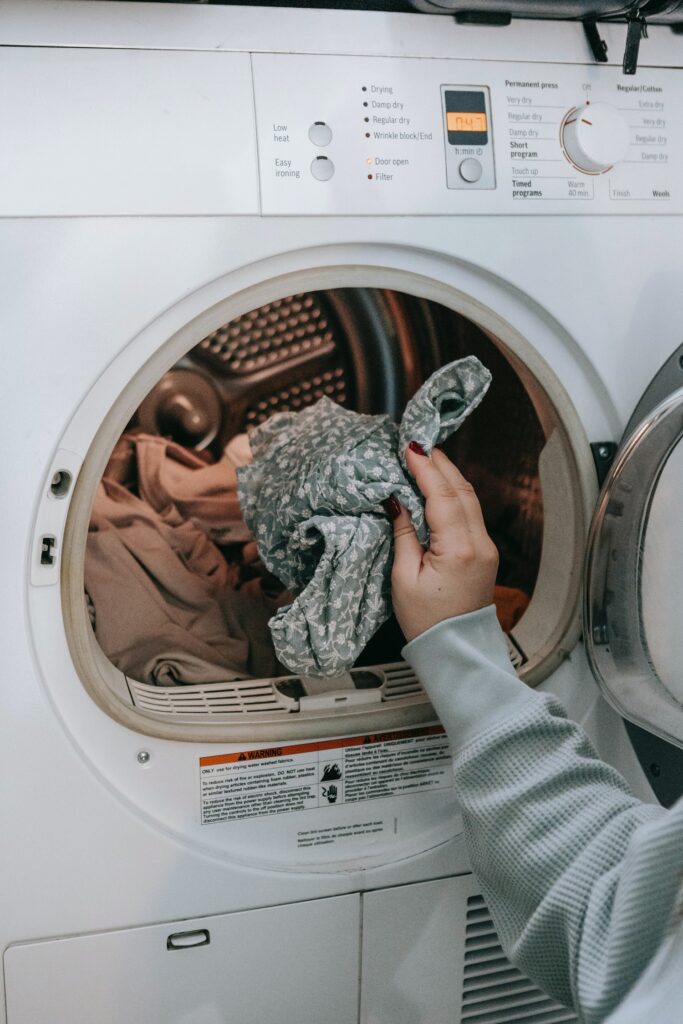
What is powdered detergent?
Based on the definition, it is a powdered soap used for cleaning clothes, towels, sheets and fabrics in general.
Powdered detergent produced by detergent powder manufacturers in Indonesia is the traditional laundry solution, and it has two big advantages: and the ability to hold up to very heavy stains and affordability.
These benefits, among other things, will lead to a resurgence in the global popularity of washing powders, but their affordability makes them a particularly market-friendly product for developed countries.
Is washing powder the same as laundry detergent?
Washing powder is a broad term that encompasses all powder-based detergent pod manufacturers.
It is, however, most often used as a synonym for “laundry detergent.” The majority of formulations are suitable for both hand and machine washing, but some are designed for specific applications.
What is the use of powder detergent?
Powdered detergents are usually used to remove stains from different types of fabrics. It’s an affordable and common option for cleaning fabrics and is available in eco-friendly, recyclable packaging like cardboard boxes.
Advantages of powdered detergent :
- Affordable
- Recyclable packaging
- Great for removing stubborn stains
- Whitening/whitening effect
- Certain optional components, such as oxygen bleach,washing powder
Disadvantages of powdered detergent:
- Dosing can be difficult and a little bit messy.
- At low temperatures, poor formulas may leave residue or only partially melt.
- The package is prone to water and tears.
- Not the best stain pretreatment option.
How to make powdered detergent?
There are three customary ways to create an initial block.
A mixer or dry mixing process is one example. In the blender machine, ingredients are mixed and slowly dispensed onto a conveyor belt for the next step, or packaging.
Another technique is agglomeration, which is similar to what happens inside a food processor. With a sharp blade, the block was shredded into a fine powder, which was then dusted with liquid ingredients.
Heat creates a viscous gel-like liquid that collapses easily when dry. Cleaners made in this manner are distinguished by their distinctive grainy appearance.
The ingredients are dissolved in water using the slurry method. A pump blows away the slurry in the spray drying tower, and the slurry is dried with hot, dry air to form dry detergent granules.
Detergent Powder Spray Drying Process Description
Modern wholesale washing powders suppliers producing their products consist of lightweight, highly fluid, swollen masses. In these respects, spray drying offers a superior product compared to dry mixing as well as agglomeration processes.
The best powder cleansers are lightweight, puffy powders with top quality free-flowing properties. Its average bulk density is 250–500 g/L and it contains hollow particles with dimensions of 0.2–2.5 mm. A spray drying tower is the most reliable way to obtain mass with these properties.
Detergent Manufacture Powder Spray Drying Process Description
Modern industrial detergent powder is made up of light, fluid, swollen masses. Spray drying provides a superior product in these areas when compared to dry mixing and the agglomeration processes.
The resulting mass is lightweight and nearly completely dry, reducing the risk of clumping in the final product.
Raw material handling
Above all, liquid detergent suppliers must handle raw materials properly, including during storage and the transportation. Washing powders contain two types of the chemical ingredients: liquid as well as solid.
Most solid substances, such as soda ash and STPP, are in powder form and packed in woven bags, whereas liquids, such as LABSA and caustic, are typically stored in tanks.
Raw material dosage
The automated process begins with weighing and dosing once the material is in the appropriate tank. Each step is surveyed and controlled by a PLC system, which is subject to operator inspection, to ensure smooth and precise flow.
All formulas and details are saved in system memory and are automatically applied. From house-brand products to specialty craft recipes, the average laundry soap factory manufacturer has hundreds of formulas.
Slurry preparation and aging
Ingredients are added, transported through tubes or conveyors, and mixed to form a base powder. For the first hour, crutches were agitated and mixed with medicated water. The blended slurry is “aged” for up to 30 minutes in aging tanks.
Spray-drying stage
The pump begins spraying the mixture to the top of the spray drying tower after it has aged. The droplets are sprayed by a nozzle in the tower, and hot air is produced by a hot air oven for further drying.
Finally, the spray-dried granules (particles) are collected and stored as base powder at the bottom of the tower.
Base powders are semi-finished products that lack enzymes, flavors, and colorings. It can be customized to your specifications, and it can also be delivered to laundry soap suppliers or sold in bulk.
Filtration process
The hot air must be cooled and vented once all of the moisture has evaporated. The reason for this is that fine dust is still present in the exhaust.
In addition, the base powder should be filtered through a mesh screen, similar to a vibrating screen, to remove any oversized particles or scuff marks.
6. Injection and mixing after towering
Following the tower, the bulk powder is adjusted at the processing plant.
Enzymes, flavors, colors, and any other ingredients that cannot pass through the spray drying process that are added and mixed with the original mixture to make a customized product.
The finished powder is distributed to detergent powder suppliers via storage bins and also packaging machines.
7. Packaging and labeling
Manual as well as automatic bagging machines then fill buckets, bags, and woven bags with a washing powder. Laundry detergents continue to perform well in the detergent manufacture market. They are easy to administer, easy to use, and give excellent cleaning results. Choosing the perfect formula for your individual needs ensures the best cleaning results every time.
